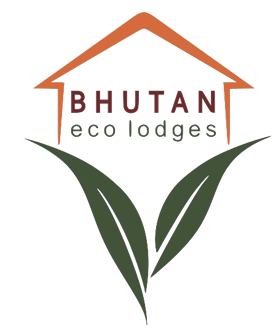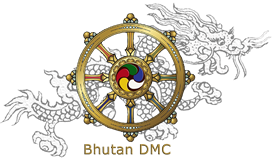Merak & Sakteng – Rustic beauty of the nomadic highlands of Bhutan
Located in alpine landscape, in Trashigang on eastern flanks of Bhutan, Merak and Sakteng valleys are widely known for its unique culture and blissful landscape. Home of the semi-nomadic Brokpa communities, the scenic pastoral valleys of Merak (3,500m) and Sakteng (2,800m) are cradles of ancient civilization, unique age-old culture, customs, language and way of life.
The people of Merak and Sakteng have their ancestral root from Tshona region in southern Tibet. Legends say that long ago in Tshona village in Tibet lived a wicked Chieftain, who ordered his subjects to bring down the mountain that was obstructing sunshine on his palace. The people toiled day and night for years to bring down the mountain but were barely able to make a dent on it. One fine day, a lady known as Aum Jomo suggested that instead of taking this impossible task, it would be much easier to bring down the life of one person. So, the chieftain was beheaded in one of the festive occasions. Later people left the village with all their belongings, yaks and sheep. Aum Jomo led the people further south looking for a new home. After travelling for several months, crossing snow-capped mountains, rivers and through dense forest, they arrived at the foothill of a very high mountain pass. The stronger and younger people along with the animals managed to climb over the pass and settle in a beautiful meadow covered valley, with shrubs and rhododendron forests. They set the shrubs on fire and made that valley as their new home, which is now Merak meaning ‘set on fire’. The weaker group who could not go beyond the pass turned back to settle in a beautiful wide valley covered with bamboo forests, which is now Sakteng meaning ‘plateau of Bamboo’.
More than 85% of the people of Merak and Sakteng practice semi-nomadic lifestyle with few households engaged in subsistence agriculture. Main source of income for these two communities are from the sales of livestock produce, meat and wool to nearby towns. The Brokpas people seasonally move their herds of livestock from the lower valleys in the winter to the higher pasture in summer.
One thing that really stands out is the Brokpa’s dress. The Brokpa women wear red and white silk ponchos, red silk jackets embroidered with colourful designs and motifs and red wool capes. They also wear braided black wool jackets. The men wear waist-length red wool jackets and woollen trousers. They also wear sleeveless outer garment made of leather and felt. Both men and women wear turquoise earrings, and the most popular footwear is rain boots or leather boots. The most distinctive part of the Brokpa’s outfit is the unique felt hat, those are flat in shape, felt disc made, made from yak hair and each hat has five tail-like ‘sprouts’ that allow water to drain out and keep head dry during rain.
The Brokpas speak their unique dialect while many also speak Dzongkha and Tshangla too. Like other Bhutanese, they are also fond of Archery. Women are particularly well known for their singing ability and songs are dedicated to Gods and Goddesses, relating to nature, youth and old age.
Merak and Sakteng valleys fall within the protected area of Sakteng Wildlife Sanctuary, which is home of endangered Snow Leopard, Red Panda, Himalayan Black Bear, Himalayan Red Fox and legendary Yeti.
HOTELS IN THIMPHU
HOTELS IN PUNAKHA & WANGDUE
HOTELS IN GANGTEY
HOTELS IN TRONGSA
HOTELS IN BUMTHANG
HOTELS IN MONGAR
HOTELS IN TRASHIGANG
HOTELS IN SAMDRUP JONGKHAR
HOTELS IN PHUENTSHOLING
HOTELS IN HAA
HOTELS IN GELEPHU
HOTELS IN ZHEMGANG
RESTAURANTS IN PARO
RESTAURANTS IN THIMPHU
RESTAURANTS IN PUNAKHA
TOUR ITINERARIES
TREKKING ITINERARIES
SPECIAL INTERESTS TOURS
UNIQUE FESTIVALS & FAIRS
BLOG


